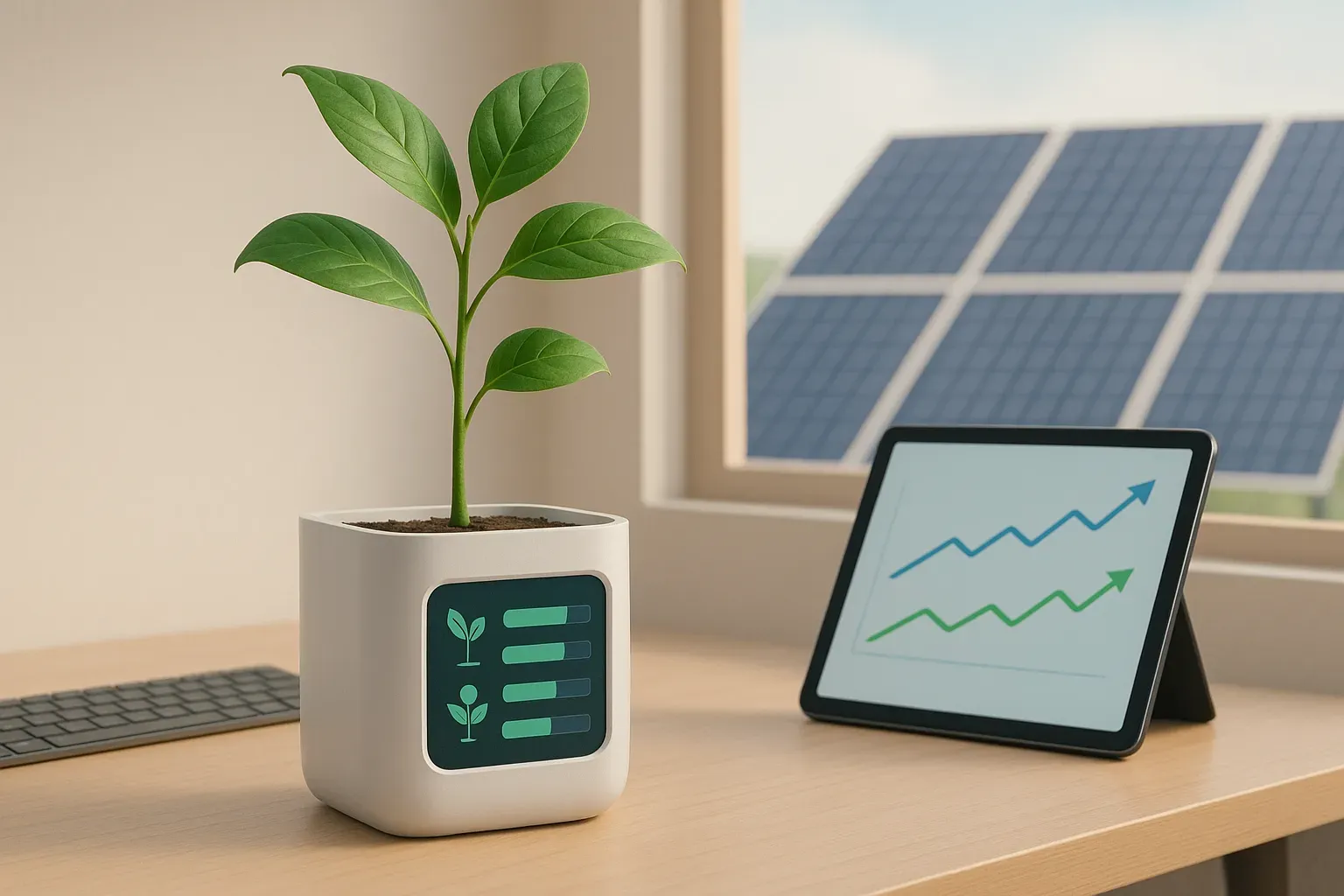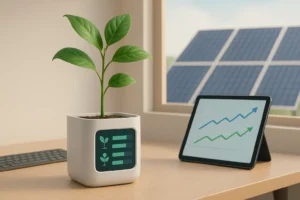Blockchain technology is revolutionizing the finance sector with tangible, real-world applications. This article explores six remarkable success stories that showcase the transformative power of blockchain across various financial domains. Drawing on insights from industry experts, we’ll examine how blockchain is streamlining processes, enhancing transparency, and driving efficiency in trade finance, shipping, and supply chain management.
- Marco Polo Network Revolutionizes Trade Finance
- TradeLens Cuts Shipping Time by 40%
- Contour Slashes Letter of Credit Processing
- Blockchain Automates Key Trade Finance Steps
- FundsChain Enhances Development Project Transparency
- FIDEwine Improves Wine Supply Chain Visibility
Marco Polo Network Revolutionizes Trade Finance
I have come across several successful implementations of blockchain in supply chain finance and trade finance. One particularly impactful example is the Marco Polo Network, a blockchain-based trade finance platform developed through a collaboration between R3 and TradeIX. It leverages R3’s Corda blockchain to improve efficiency, transparency, and trust among parties involved in global trade.
The Marco Polo Network was launched to solve critical pain points in traditional trade finance — such as delayed payments, lack of real-time visibility, heavy paperwork, and fraud risk. Trade finance has always been hampered by a high dependency on paper-based documentation and siloed systems that result in long settlement cycles. By leveraging blockchain technology, Marco Polo has helped bridge the trust gap between exporters, importers, and financial institutions.
Here’s how it worked: Voith delivered goods to Daimler Trucks. Upon delivery confirmation — digitally recorded and verified on the blockchain — the payment obligation was automatically triggered and processed through LBBW. This real-time settlement replaced what would traditionally be a multi-day, paper-heavy process, involving manual document exchanges and reconciliations.
The impact of this implementation has been profound in several areas:
Speed and Efficiency: Traditional trade finance transactions can take 5 to 10 days for settlement. With blockchain and smart contracts, that time was reduced to minutes. This dramatic improvement in transaction speed allows businesses to optimize cash flow and working capital.
Transparency and Trust: Every party involved in the transaction — the supplier, buyer, and financier — had real-time visibility into the status of the trade. This transparency reduces the risk of disputes and fraud while enhancing trust in multi-party transactions.
Cost Savings: Automating document verification and eliminating intermediaries significantly reduced administrative overhead and processing fees. For large corporations dealing with thousands of shipments, these savings scale quickly.
 Joseph Benson
Joseph Benson
CEO, Joebenz Forex
TradeLens Cuts Shipping Time by 40%
Absolutely — one standout example is Maersk and IBM’s TradeLens platform. It’s a blockchain-based system that digitizes global shipping documents and creates a shared, tamper-proof ledger for all supply chain stakeholders, from port operators to customs to shippers.
Before TradeLens, shipments could sit for days waiting on paperwork. With blockchain, the same data became instantly visible and verifiable by everyone involved. In one pilot, Maersk cut shipping time for a package of flowers from Kenya to Rotterdam by 40%, simply by removing manual document handling.
The real impact? Fewer delays, reduced fraud, and massive cost savings. It proved that blockchain isn’t just hype; it solves real bottlenecks in trade finance by adding transparency, speed, and trust.
 Ahmed Yousuf
Ahmed Yousuf
Financial Author & SEO Expert Manager, CoinTime
Contour Slashes Letter of Credit Processing
A notable example of a successful blockchain implementation in trade finance is Contour, a blockchain-based network adopted by several leading banks in Asia and Europe to digitize letters of credit, one of the most commonly used instruments in international trade. Traditionally, the issuance and validation process for these documents was manual, slow, and error-prone, with processing times that could take up to 10 days.
With the blockchain implementation, that cycle was reduced to less than 24 hours, dramatically improving operational efficiency and reducing risks related to document fraud. In addition, the technology enabled greater traceability and transparency for all parties involved — banks, buyers, and suppliers — without compromising data confidentiality.
This kind of example shows that blockchain, beyond the hype, can solve real problems in complex industries. When applied in well-defined contexts, with clear rules and multiple stakeholders, its value as a coordination technology is both tangible and measurable.
 Ambrosio Arizu
Ambrosio Arizu
Co-Founder & Managing Partner, Argoz Consultants
Blockchain Automates Key Trade Finance Steps
Yes, I’ve seen a few successful cases, and one that stands out is Marco Polo, a trade finance network built on R3’s Corda blockchain. It connected banks and corporations to streamline trade transactions — and more importantly, it didn’t try to reinvent the wheel. It focused on solving a real issue: slow, paper-heavy processes between suppliers, buyers, and financiers.
I liked their approach because they didn’t market it as some “magic blockchain” solution. They used smart contracts to automate key steps like payment commitments, and it led to faster settlements and better transparency between parties. One of their early pilots reduced settlement times from days to hours — and that’s the kind of thing businesses care about.
We work with clients who often ask about blockchain, and I always say: if it doesn’t simplify the process or reduce cost, it’s not worth it. Marco Polo is one of the few that actually delivered on both fronts.
 Eugene Musienko
Eugene Musienko
CEO, Merehead
FundsChain Enhances Development Project Transparency
Blockchain is rapidly transforming supply chain and trade finance by boosting transparency, efficiency, and trust.
Several real-world projects highlight its impact:
The World Bank’s FundsChain is a standout example. Launched in 2024, FundsChain tackles the challenge of tracking and evaluating development project funds, which previously involved complex, manual processes across many stakeholders. By creating a tamper-proof blockchain record, FundsChain enables all parties — donors, borrowers, auditors, and beneficiaries — to trace disbursements and confirm proper fund usage. The platform has been rolled out in countries like Kenya, Bangladesh, and Moldova. In Bangladesh alone, it supports over 750,000 households, ensuring funds for projects such as livestock purchases reach their intended recipients efficiently and transparently.
Walmart’s blockchain food traceability system — developed with IBM — reduced the time to trace produce origins from seven days to just 2.2 seconds. This system, now required for all leafy green suppliers, enables rapid identification of contamination sources, reducing recall costs and improving food safety. It also streamlines invoice processing and dispute resolution, replacing cumbersome paperwork with a single, immutable record.
JPMorgan’s Kinexys blockchain division recently settled its first public blockchain transaction, marking a shift from private systems to public infrastructure. Its programmable payments system lets corporate clients automate complex rules for transactions, enhancing flexibility and efficiency in treasury operations.
The Marco Polo Network is another major initiative, using distributed ledger technology to automate trade data matching and provide irrevocable payment commitments. This approach speeds up settlement and reduces risk, as demonstrated by Isbank’s successful blockchain-based trade finance transaction between Turkey and Germany.
DevvStream leverages blockchain to bring transparency to carbon credit markets, ensuring the authenticity and traceability of credits — an essential step for market trust.
These cases show blockchain’s ability to deliver real benefits: faster processing, lower risk, reduced fraud, and significant cost savings. While industry-wide adoption remains a challenge, the success of targeted projects like FundsChain and Walmart’s traceability system proves blockchain’s value in modernizing global supply chain and trade finance.
 Eray ALTILI
Eray ALTILI
Cyber Security Architect
FIDEwine Improves Wine Supply Chain Visibility
The case of FIDEwine, our client from the premium wine industry, demonstrates how blockchain promotes transparency in supply chain finance and improves payment discipline. FIDEwine’s blockchain-based solution logs every bottle-level transaction on an immutable, shared ledger, providing winemakers, brokers, and distributors with complete visibility into each bottle’s journey and related financial obligations.
We implemented tier-specific smart contracts that trigger payment alerts based on milestones such as confirmed delivery or verified custody transfers. Any payment delays and unauthorized bottle movements are instantly recorded on the blockchain, visible across all tiers. With these features, FIDEwine has built a trusted ecosystem where financial risk is minimized for all supply chain participants.
 Dennis Taului
Dennis Taului
Blockchain Consultant and Project Manager, ScienceSoft













